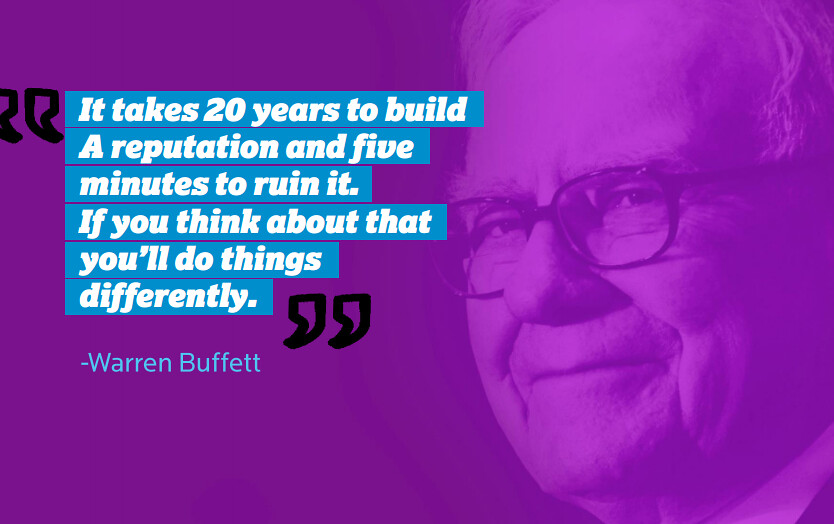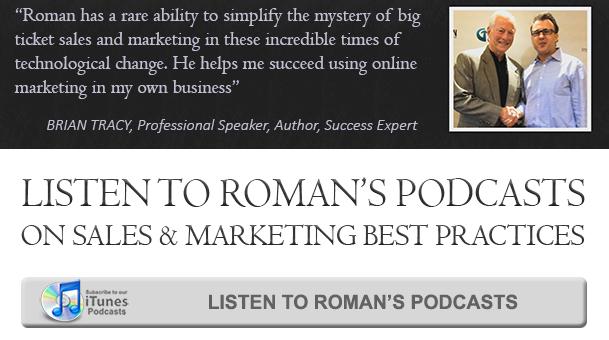
Shopping manuscripts to publishers is no different than trying to do business with a client. Imagine you get into an elevator with an editor, or an agent. You have 30 seconds to sell them your book before the elevator reaches their floor.
This is the classic "elevator pitch", and it's not just for writers. The editor or agent is basically a client. In business, whether it's condo development, selling, marketing, or publishing, you should imagine you have 30 seconds to engage the customer and secure their interest.
How do you do that? You have to show your credibility, and make sure they believe you're worth listening to. It's the very first thing you do. To quote Brian Tracy, sales expert: “If you mention or discuss your product, service, or price before you have established a high enough level of likability, trust, and credibility with a prospect, you will kill the sale.”
Here's how you make the most of your 30 seconds.
1. Know What You're Talking About

It may sound like common sense, but this isn't just about knowing your subject matter. Of course you need to know about what you're selling. If you don't know anything about your product or service, don't count on being able to fake it for long.
You also need to know about your customer, even if you're meeting them for the first time. Who are they? What do they do? What do they enjoy? It might surprise you, but it can be as simple as remembering their name. Calling a customer the wrong name is one way to instantly lose a sale.
The bottom line: It's no good to memorize a generic script for every customer. Today, selling is personal. And knowing everything about your product or service is even better.
2. Be On Time, Every Time

Communication is not always about what you say, or even how you say it. What you do says plenty. When you arrive on time, you communicate to the customer that you value their time as well. When you make them wait, they may question how much you care about them while they wait.
This is a very common problem in workplaces today, where up to 20% of the American population is consistently late for work. The thing is, workplaces can have longer term relationships with workers, and understand some reasons for being late. With a new customer, you have one shot to prove right away that you respect their time.
The bottom line: Be punctual. If you have a problem managing your time, consider using Google Calendar or one of many scheduling apps available on mobile devices. Also check out How To Manage Your Time In 2016.
3. As Everyone Says, "Be Yourself"

Authenticity is vital. In order to establish your credibility, the customer needs to know who you are. One easy way to do this: never be afraid to say "I don't know" if you really don't know.
You might wonder about that, when the very first tip I gave you was to be an expert. That means actually having vast knowledge about something, but it doesn't mean lying. People have ways of sensing a phony.
The bottom line: It's okay to admit that you don't know something. If you need to do research on something and get back to the customer, then you just generated a follow-up in the most natural and authentic way! This goes back to another article you should read, How Follow-Ups Work In 2016.
4. Use Your Company's Credibility

Unless you're working alone, like the writer in my very first example could be, you don't just have to rely on your individual credibility. You're approaching a customer on behalf of a company, a developer, a brand, another entity that has credibility of its own.
Why not borrow some credibility? It's as easy as mentioning to the customer who you're calling on behalf of. "This is Roman Bodnarchuk," versus "This is Roman Bodnarchuk from N5R.com." Now it's the whole company, and its reputation, contacting the customer via you, not just one person calling another.
The bottom line: If you aren't alone in your business, leverage that. As a further tip, if you have mutual LinkedIn connections with your customer, you can mention that. It's as if those shared contacts just effortlessly endorsed your pitch.
5. Be Careful With Grammar

We live in an age where poor grammar is normal. As a result, you can use proper grammar to prove to a customer that you're more credible than the average person, and more worth listening to.
The single most popular website that can help you is Grammarly. Another alternative is Ginger. Neither of these is a substitute for a proper understanding of the language in which you do business, especially if you're speaking to someone directly. They can help with emails and other written communications, which is a huge first step.
The bottom line: Poor grammar is normal. It's also normal for customers to form a first impression about you based on grammar. If you're in a hurry, use grammar checking websites to assist with written communications.
Have a question? Leave a message in the comments section below.
N5R's goal is to help innovative real estate developers accelerate the world's transition from single family homes to more efficient and sustainable multi-family residences with a full range of powerful and proven sales and marketing strategies powered by technology."Our week with Roman was a game-changer for our business. Combined with the implementation of HubSpot, Roman has completely changed the operations of our sales and marketing teams for the better. He will be a friend and mentor of the Connekt business for many years to come." - Carly Aherne, Marketing Manager





